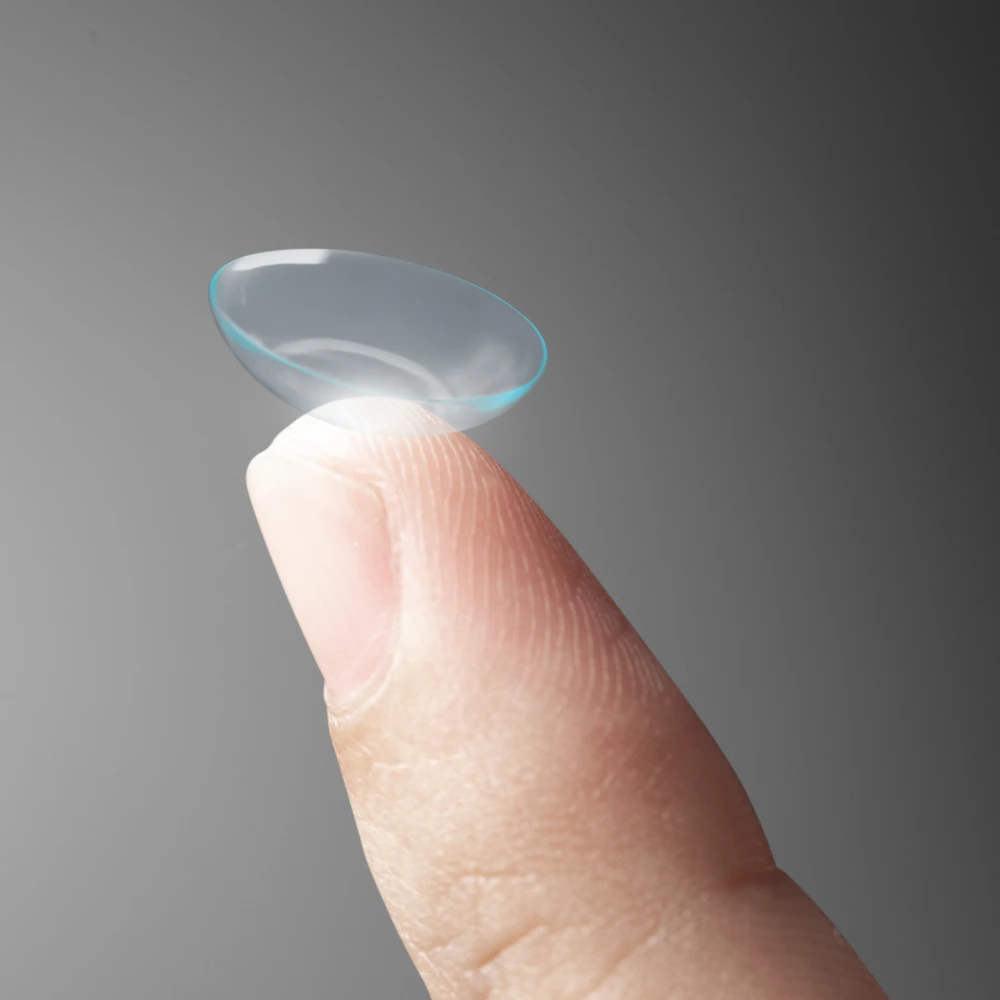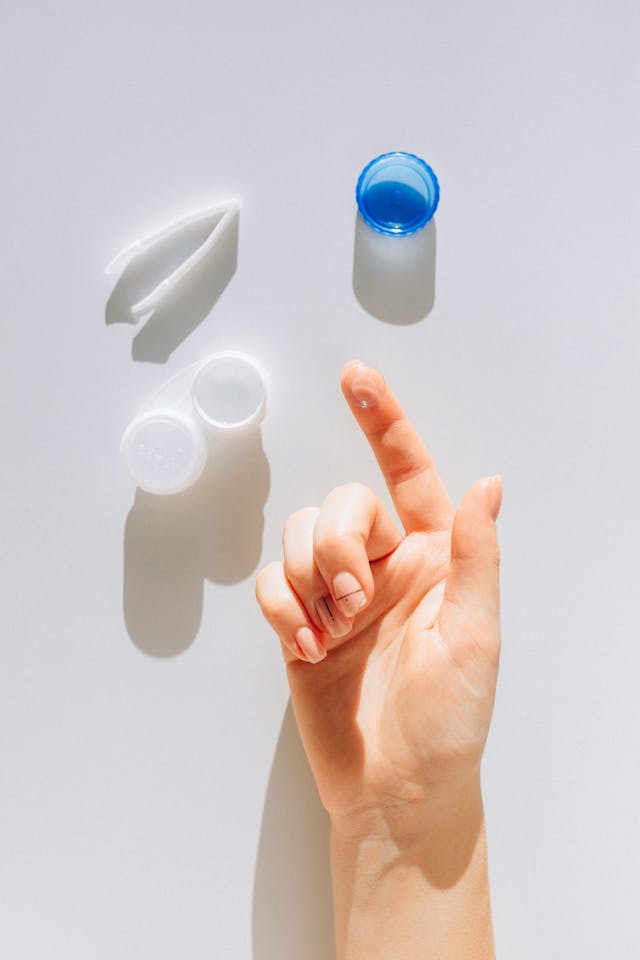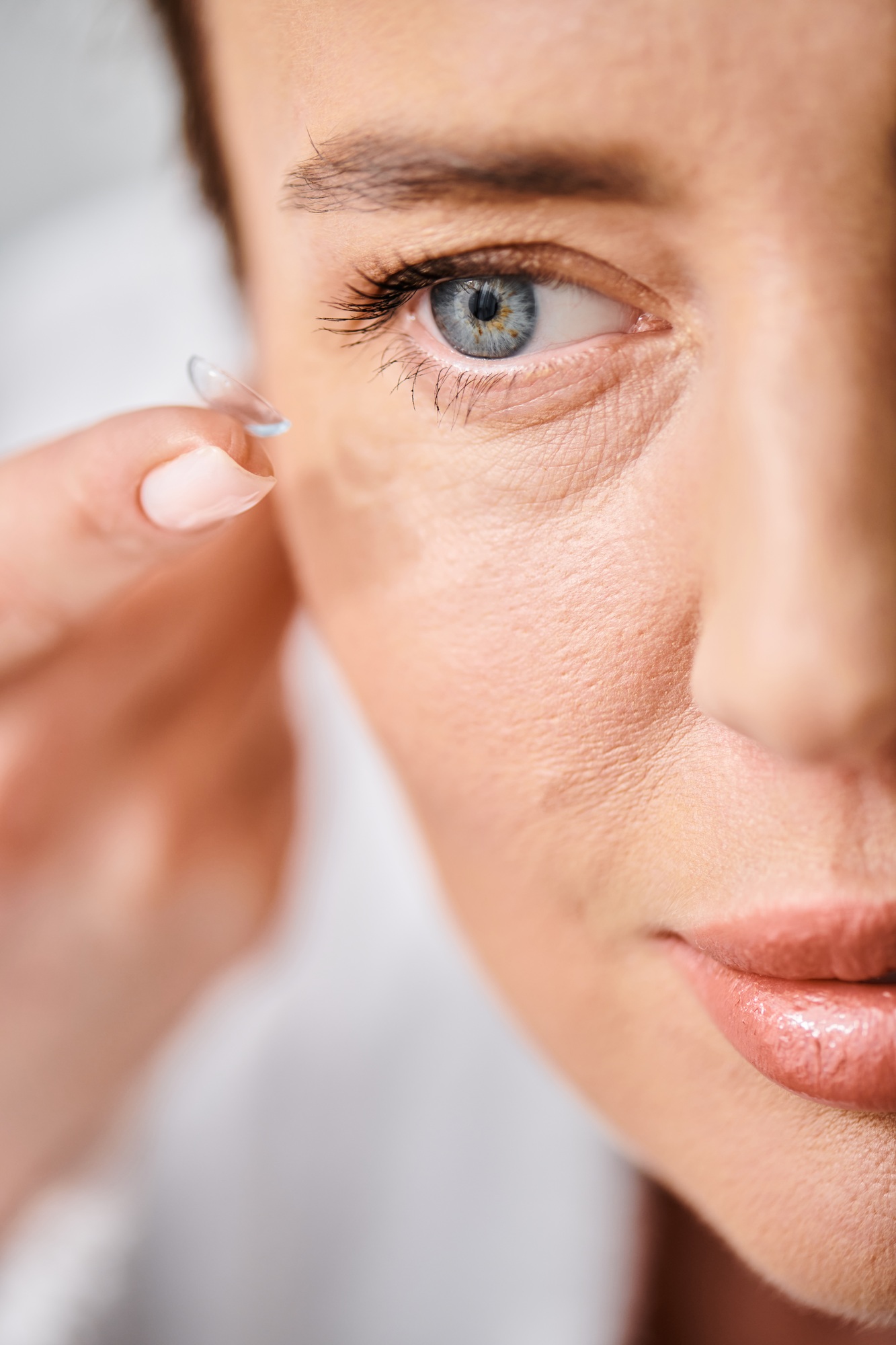Flexible Vision Correction
Contact lenses are an optical device that you place over the cornea. Some benefits of contact lenses include correcting a wide range of eye conditions such as nearsightedness, Presbyopia, Astigmatism and Hyperopia. The contact lens optics work with the optics of the eye to give you clear vision. Our Calgary optometrists have the experience to recommend the lens material, design, and replacement schedule that will work best for your eyes and lifestyle.
Benefits of Contact Lenses for Different Eyes:
Our extensive stock at Market Mall Eye Clinic includes the latest benefits of contact lens technology from top contact lens manufacturers.





